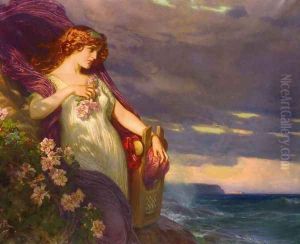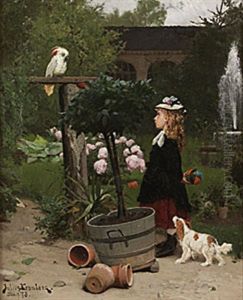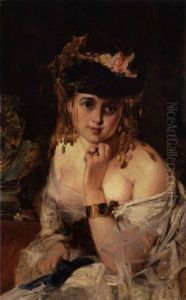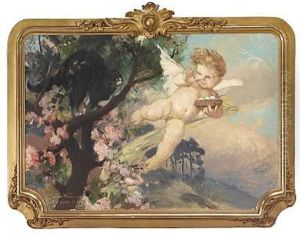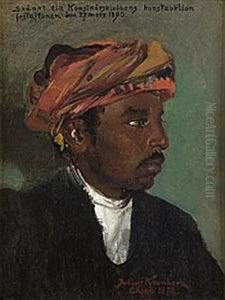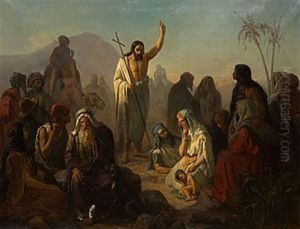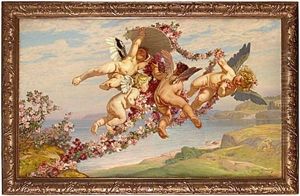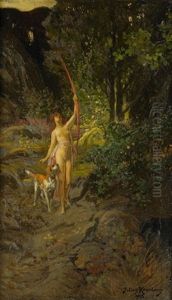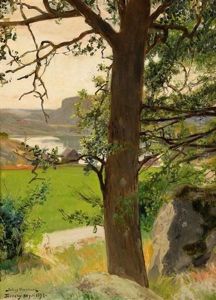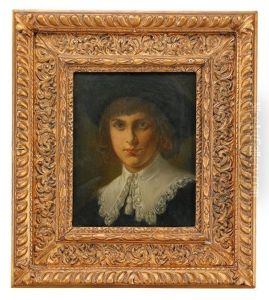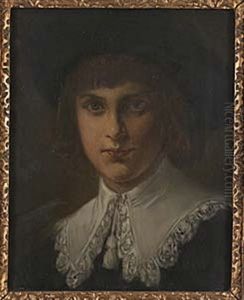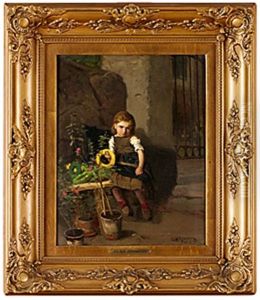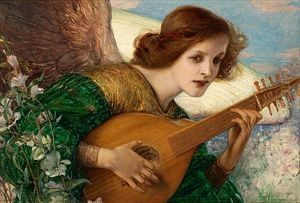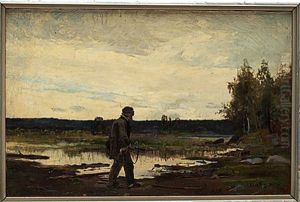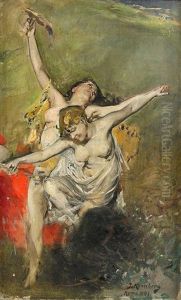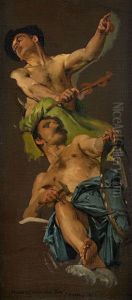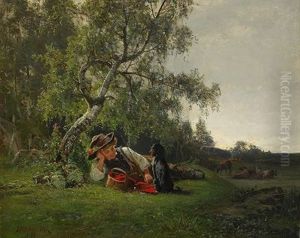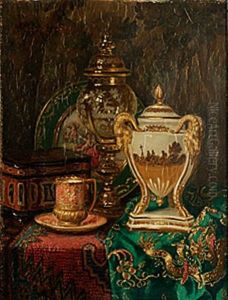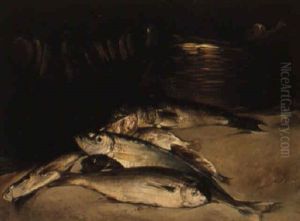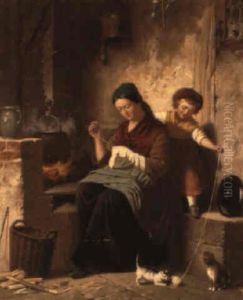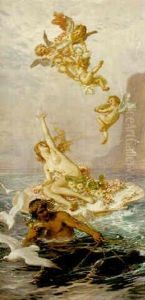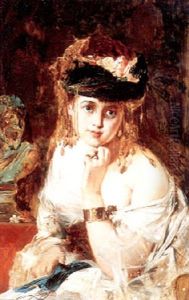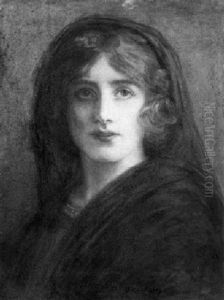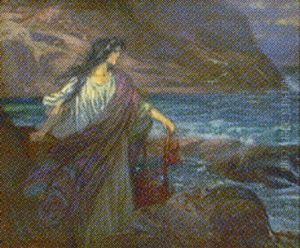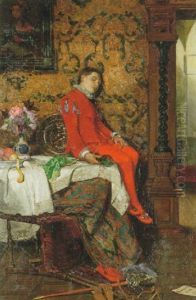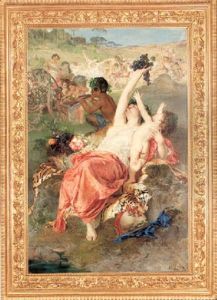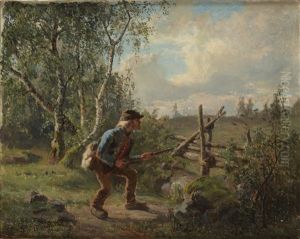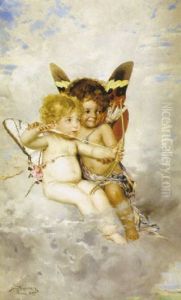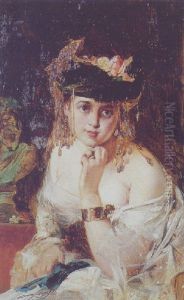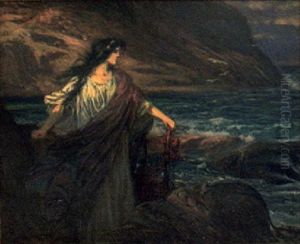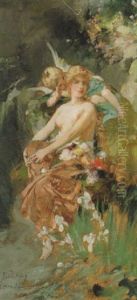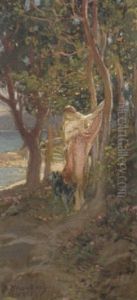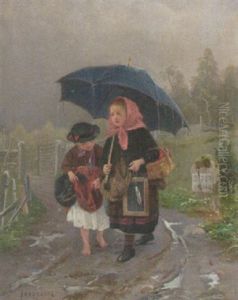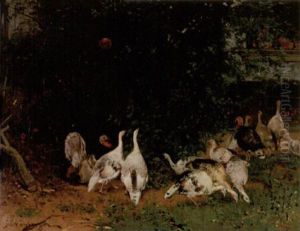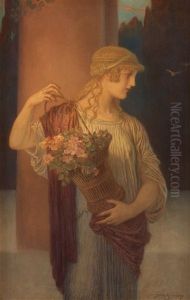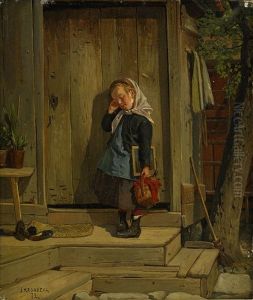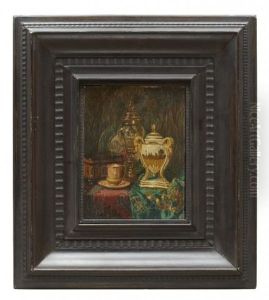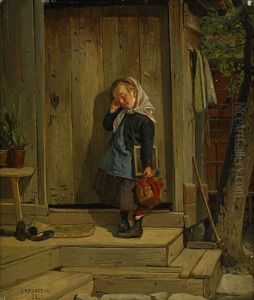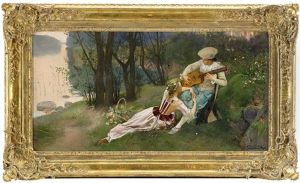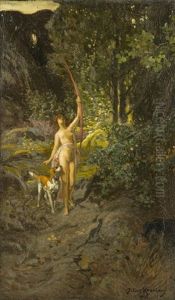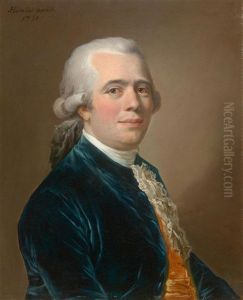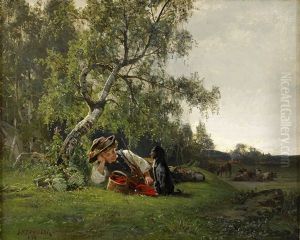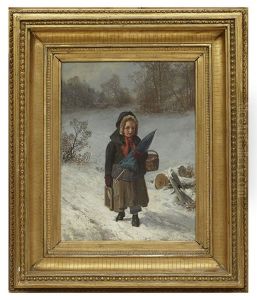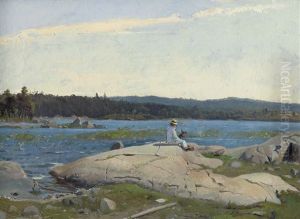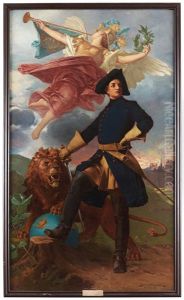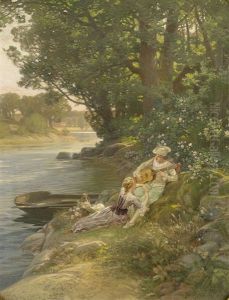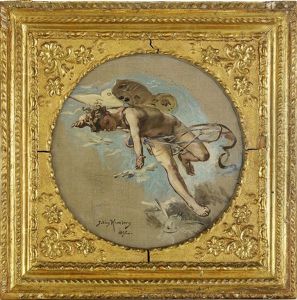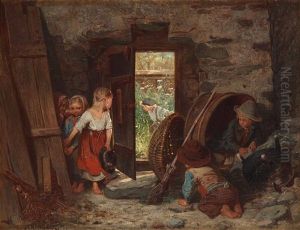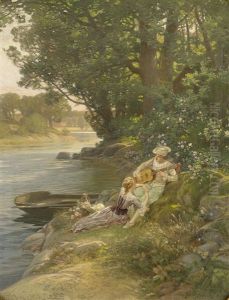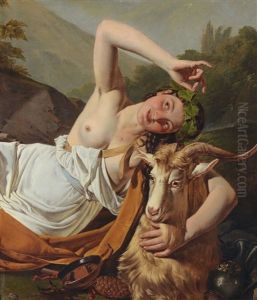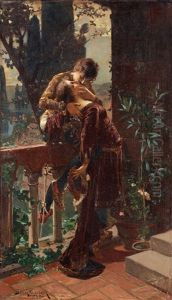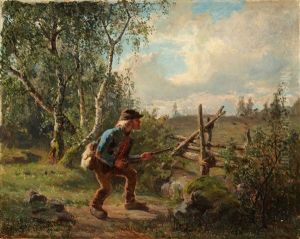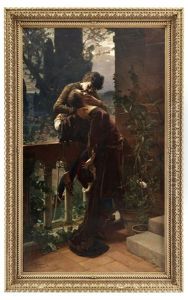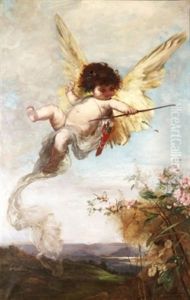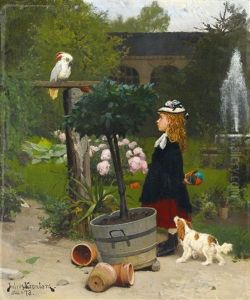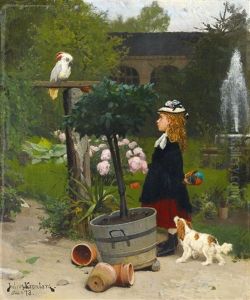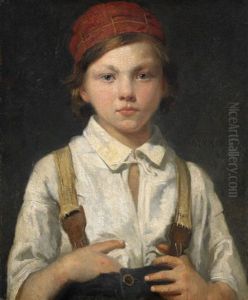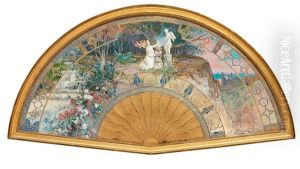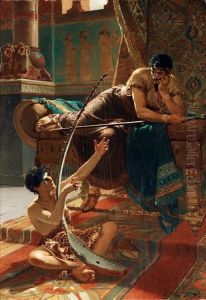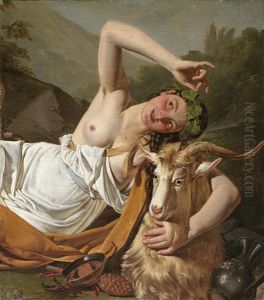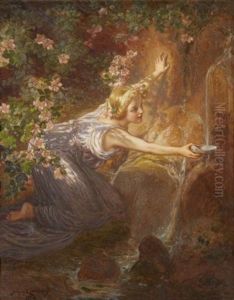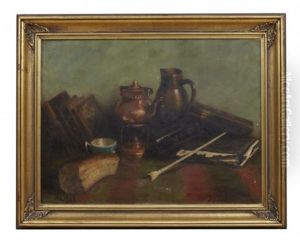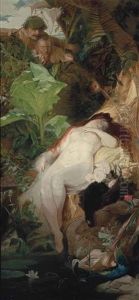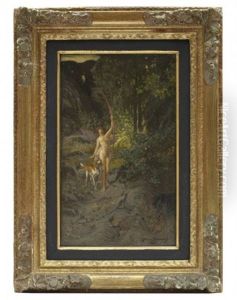Julius Johann Ferdinand Kronberg Paintings
Julius Johann Ferdinand Kronberg was a Swedish painter known for his large-scale decorative works, historical paintings, and portraits. Born on October 11, 1850 in Karlskrona, Sweden, Kronberg displayed an early interest in art. He pursued his passion by studying at the Royal Swedish Academy of Arts in Stockholm. After completing his education in Sweden, he furthered his studies abroad, which was a common practice for Scandinavian artists seeking to refine their craft and gain inspiration.
Kronberg's travels took him to Munich, where he was influenced by the academic painting style of the time. Later on, he moved to Paris to immerse himself in the vibrant artistic scene of the late 19th century. It was here that he was exposed to the works of contemporary French artists, which would have a lasting impact on his artistic development. Despite his exposure to various styles, Kronberg maintained a distinctive approach that combined traditional academic painting techniques with his own imaginative flair.
Throughout his career, Kronberg received several prestigious commissions for his decorative works. He was particularly appreciated by Swedish royalty and aristocracy for his grand historical scenes and allegorical compositions, which often featured dramatic lighting and a rich color palette. His work can be seen in various public buildings in Sweden, including the Royal Dramatic Theatre and the Hall of State in the Royal Palace of Stockholm, where his mural paintings contribute to the grandeur of these spaces.
Kronberg's art was celebrated during his lifetime, and he became one of Sweden's most prominent artists of the period. He was a professor at the Royal Swedish Academy of Arts, influencing a new generation of Swedish painters. His home and studio in Djurgården, Stockholm, became a meeting place for the cultural elite of the time.
The artist passed away on April 8, 1921, in Stockholm. Today, Kronberg's legacy is preserved in Swedish art history as a master of decorative and historical painting, and his works continue to be admired for their technical mastery and evocative power. The Julius Kronberg Studio, which was preserved after his death, is now a part of Skansen, an open-air museum and zoo in Stockholm, providing insights into the artist's life and work.
